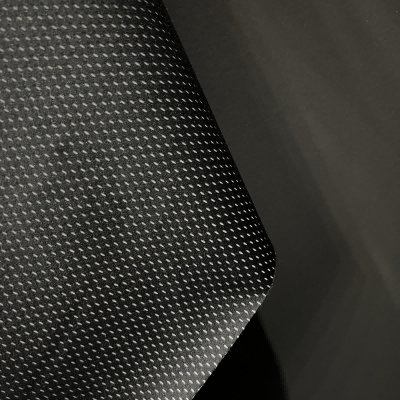sportswear fabric types
Sportswear fabric types represent a crucial element in athletic performance and comfort. Modern sportswear incorporates various advanced materials, each designed to meet specific athletic demands. Moisture-wicking fabrics, such as polyester and nylon blends, actively transport sweat away from the skin, maintaining optimal body temperature during intense activities. Compression materials, featuring elastane and spandex, provide muscle support and improve blood circulation, enhancing athletic performance and recovery. Breathable mesh constructions allow for effective air circulation, preventing overheating during exercise. Temperature-regulating fabrics utilize innovative technologies like phase-change materials to maintain comfort in varying conditions. Anti-microbial treatments are integrated into these fabrics to prevent odor-causing bacteria growth, ensuring freshness throughout workouts. Water-resistant and waterproof materials protect against external elements while maintaining breathability. These fabrics often incorporate UV protection features, safeguarding athletes during outdoor activities. The durability of these materials ensures they maintain their performance properties even after repeated use and washing cycles, making them cost-effective investments for active individuals.


